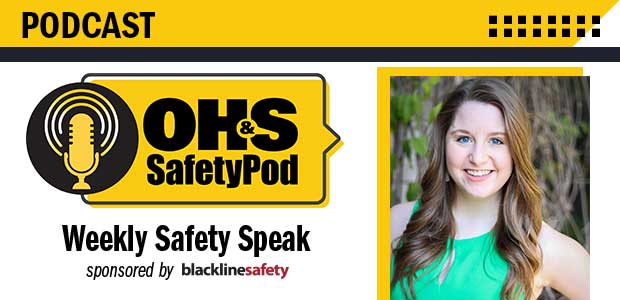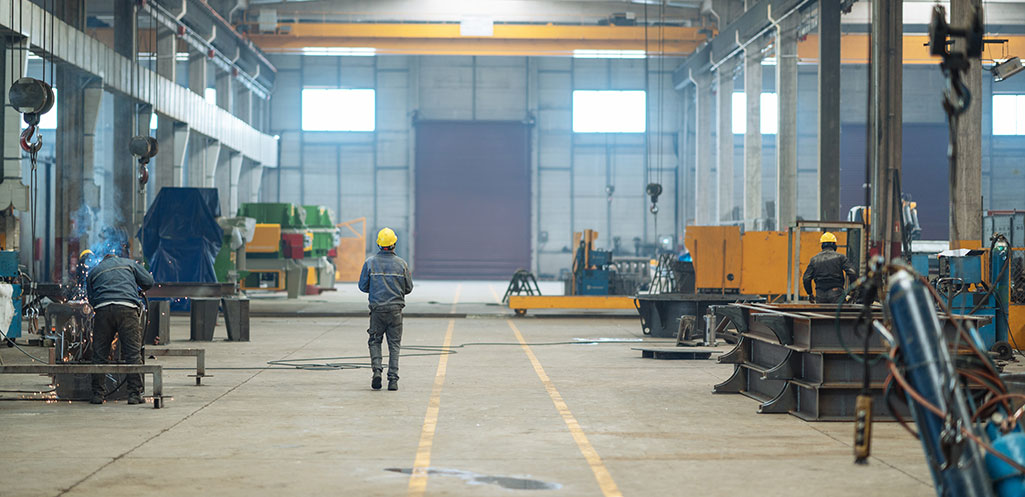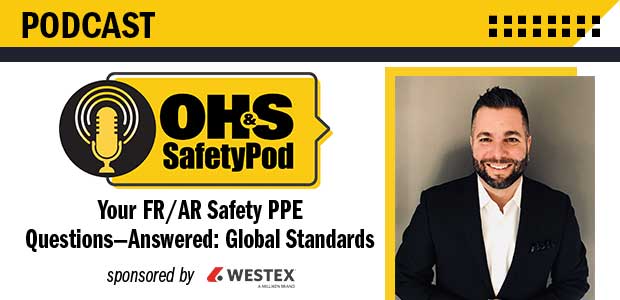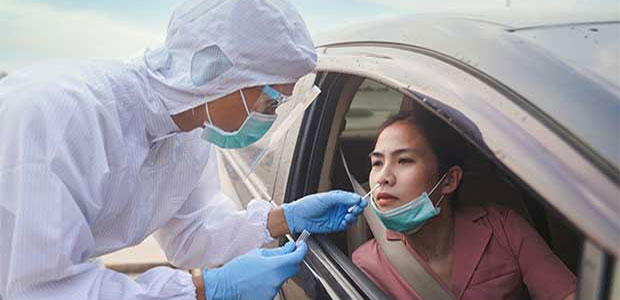
Components like proper PPE, Lockout/Tagout and clear hazard communication are essential to implementing “safety first” practices.

SPONSORED
As several biotechnology and pharmaceutical companies begin to apply for and receive emergency use authorization from the Federal Drug Administration (FDA) for their COVID-19 vaccines, the U.S. Centers for Disease Control and Prevention (CDC) has activated the distribution phase of its Operation Warp Speed Strategy for Distributing a COVID-19 Vaccine.

OSHA provides a guide for employers to follow in order to keep their employees safe from coronavirus infection and the winter elements.

Episode 42
Join Editor Sydny Shepard as she discusses the HHS guidelines on drug testing, the latest injury rates for the Meat Packing and Processing industry and how OSHA is suggesting retailers, delivery workers and those in order fulfillment decrease their risk of transmitting COVID-19.
A well-thought-out and well-organized emergency response plan will help prevent fatalities, reduce equipment maintenance costs and help mitigate potential environmental hazards.

SPONSORED
Investing in machine learning, the internet of things (IoT), and artificial intelligence (AI) to improve operational excellence, provide better customer experience, and ultimately grow a company’s bottom line isn’t a new idea.

Episode 41
Interested in how to create an effective FR/AR program that works globally? Tune in as Editor Sydny Shepard talks with Paul Castelli, Westex's International Sales Director, about standards and certifications that transcend location.
To manage effectively, management needs information which tells them in real time how well the organizational systems are meeting business challenges, customer needs, innovation and growth.

Safety comes first when hosting gatherings for Thanksgiving this year.

Research collected from recovered coronavirus patients suggests long term immunity to the virus is possible.
OSHA provides resources for employers and employees to defer to for the upcoming holiday season.

Episode 40
On this Safety Speak episode of the podcast, we will discuss a new grant supporting research for the health and safety of correctional workers, a new OSHA guidance on ventilation for workplaces and how the CDC recommends you spend your Thanksgiving.

The NSC projects record high roadway fatalities during the four-day Thanksgiving holiday period.
The pandemic led several companies to begin producing PPE in order to fill a large void in availability.

The first at-home COVID-19 test will soon be available for $50.
The updated FAQ addresses the question of whether cloth face masks qualify as PPE.
Sustainability is a hot topic, but does it have any real meaning for industrial PPE?